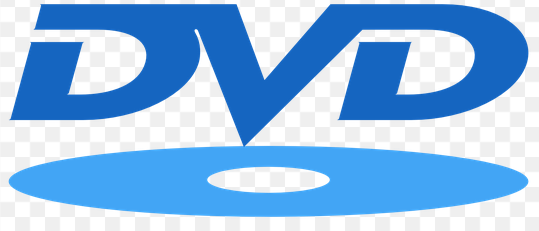Ed's
AV Handbook
Batting Practice for the AV Professional
and primer for the novice
Chapter 4 Page 4
Video Reproduction
Home Video History
ABC, CBS, and NBC
ruled the small screen through the 1950s, 1960s, and
1970s. The networks dictated when and what we viewed on
the small screen. The neighborhood commercial movie
theater governed access to the big screen and big
sound. That scene continued as-is until Cable TV
Networks in the 1970s via programmers such as HBO and
ESPN put a dent in their virtual monopoly. Viewers
gained more choice.

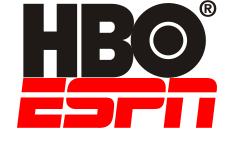
In 1972 the control of when we watched transferred to viewers
via the introduction of the VCR.
Viewers could record late-night TV, then watch it in the afternoon.
The VCR was a huge success. The rental of prerecorded movies produced revolutionary results. Movie fans gained admission to Hollywood's vast library. Hollywood filled their bank vaults with a revenue stream that outpaced the box office. And the consumer electronics industry raced to meet demand.
Movie theaters still held custody of the big picture and big sound. But that grip began to unravel when big sound came home in 1983 with the HiFi Stereo VCR. The HiFi Stereo VCR married the TV to the high fidelity audio system. The addition of Dolby Surround Sound cemented the union.
 The
big picture remained exclusively on the walls of commercial
movie theaters.
The
big picture remained exclusively on the walls of commercial
movie theaters.
However, the 1980 CES debut of the Pioneer & Philips LaserDisc put a crack in that wall.
The LaserDisc was the first audio/video medium to use a laser-read optical disc. Many AV enthusiasts are still surprised to discover that the LaserDisc was an analog medium. It was frequency-modulated composite video and analog stereo audio. It added digital audio formats -- Dolby, DTS, and CD -- well into its history.
 The LaserDisc is now a footnote in
video history. It never achieved the level of success
many had anticipated. Yet its superior picture and sound
still had a significant influence. Its supporters pined
for larger screens to take advantage of the LaserDiscs
improved video resolution. They also sought larger and
better audio systems to pair with their LaserDiscs and HiFi
videotape.
The LaserDisc is now a footnote in
video history. It never achieved the level of success
many had anticipated. Yet its superior picture and sound
still had a significant influence. Its supporters pined
for larger screens to take advantage of the LaserDiscs
improved video resolution. They also sought larger and
better audio systems to pair with their LaserDiscs and HiFi
videotape.


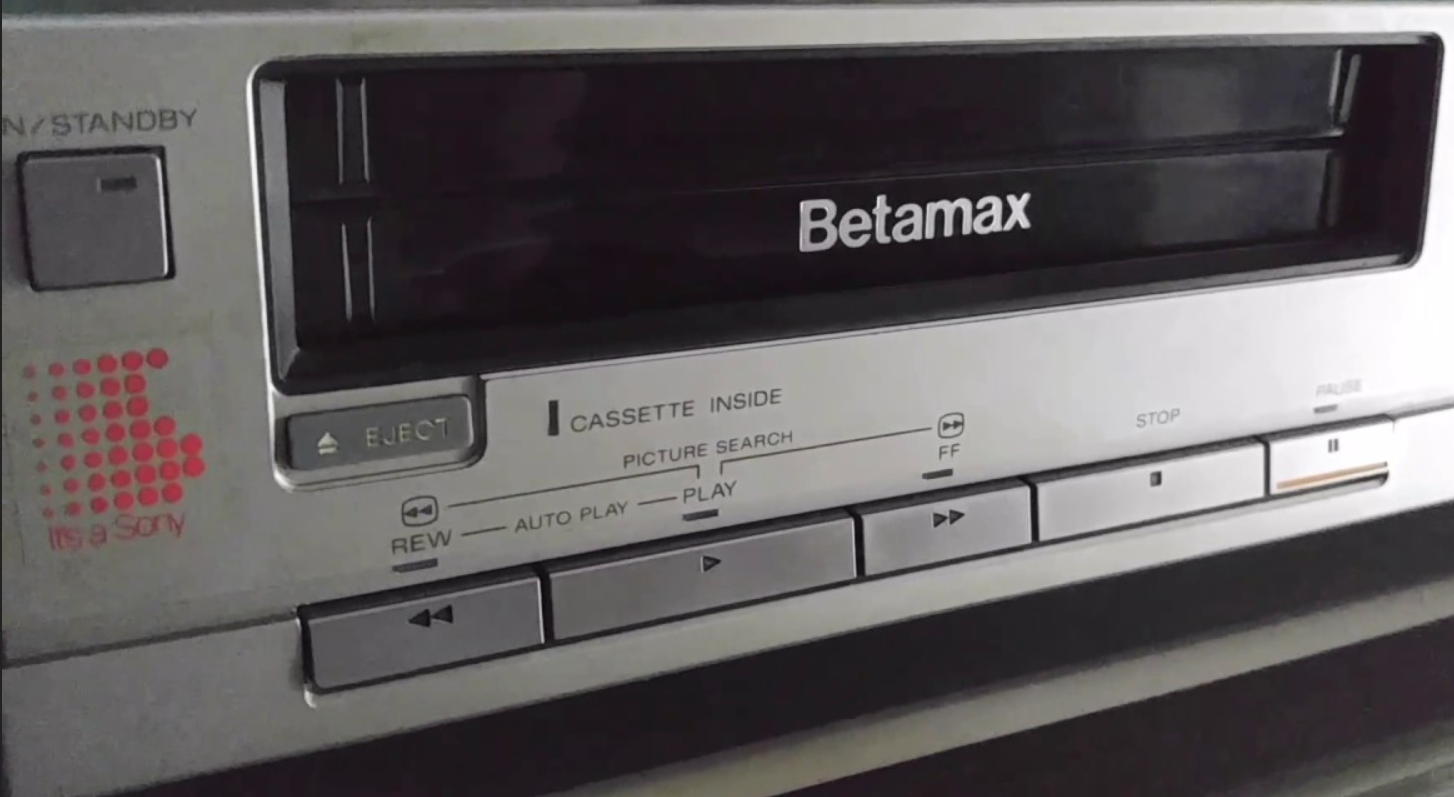 1972
- The VCR
1972
- The VCR
In 1972 the control of when we watched transferred to viewers
via the introduction of the VCR. Viewers could record late-night TV, then watch it in the afternoon.
The VCR was a huge success. The rental of prerecorded movies produced revolutionary results. Movie fans gained admission to Hollywood's vast library. Hollywood filled their bank vaults with a revenue stream that outpaced the box office. And the consumer electronics industry raced to meet demand.
Movie theaters still held custody of the big picture and big sound. But that grip began to unravel when big sound came home in 1983 with the HiFi Stereo VCR. The HiFi Stereo VCR married the TV to the high fidelity audio system. The addition of Dolby Surround Sound cemented the union.
1980 - The Laser Disc
 The
big picture remained exclusively on the walls of commercial
movie theaters.
The
big picture remained exclusively on the walls of commercial
movie theaters. However, the 1980 CES debut of the Pioneer & Philips LaserDisc put a crack in that wall.
The LaserDisc was the first audio/video medium to use a laser-read optical disc. Many AV enthusiasts are still surprised to discover that the LaserDisc was an analog medium. It was frequency-modulated composite video and analog stereo audio. It added digital audio formats -- Dolby, DTS, and CD -- well into its history.
 The LaserDisc is now a footnote in
video history. It never achieved the level of success
many had anticipated. Yet its superior picture and sound
still had a significant influence. Its supporters pined
for larger screens to take advantage of the LaserDiscs
improved video resolution. They also sought larger and
better audio systems to pair with their LaserDiscs and HiFi
videotape.
The LaserDisc is now a footnote in
video history. It never achieved the level of success
many had anticipated. Yet its superior picture and sound
still had a significant influence. Its supporters pined
for larger screens to take advantage of the LaserDiscs
improved video resolution. They also sought larger and
better audio systems to pair with their LaserDiscs and HiFi
videotape.Home Theater
The consumer electronics industry seized the opportunity. CRT TV screen sizes increased from 27 to 40 inches. The rear projection CRT TV, screen sizes from 40 to 80 inches, became a retail superstar. Some offered CRT projectors focused on screens measuring more than 100 inches. Sales jumped with the addition of Dolby Surround Sound receivers, rear and center speakers, plus subwoofers. The big picture and big sound had found a new home that we now call home theater.
1999 - The DVD
The DVD digitally encoded 24-bit video data at a sampling rate of 96KHz. Although it had 7 to 24 times more data storage than a conventional CD, it was not enough data space to support the video and audio. MPEG compression was engaged to "squeeze" the video and audio in its limited data storage. The DVD's low cost, improved horizontal resolution*, and compact size led to the demise of the LaserDisc. It also replaced the sales and rental of videotape.
*Handbook Note: Video resolution will be defined later in this chapter.
1998 ATSC HDTV
Digital High Definition
Television widescreen 16:9 arrives with 1080i interlaced lines
x 1920 pixels per line OR 720p progressive lines x 1280 pixels
per line.
2006 - HD Blu-ray
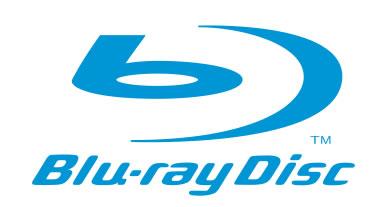 The BluRay disc raised the curtain on the next
generation of a video disc. Its name derived from its
blue-violet laser has a shorter wavelength than the red laser
of the CD and DVD. Its shorter wavelength plus MPEG4
permits almost ten times more data storage than the DVD, which
allows BluRay to support high definition video at 24 frames
per second. It also includes the audio options of
lossless Dolby HD and DTS-HD Master Audio.
The BluRay disc raised the curtain on the next
generation of a video disc. Its name derived from its
blue-violet laser has a shorter wavelength than the red laser
of the CD and DVD. Its shorter wavelength plus MPEG4
permits almost ten times more data storage than the DVD, which
allows BluRay to support high definition video at 24 frames
per second. It also includes the audio options of
lossless Dolby HD and DTS-HD Master Audio. 2012 UltraHD 4K | 2013 UltraHD 8K
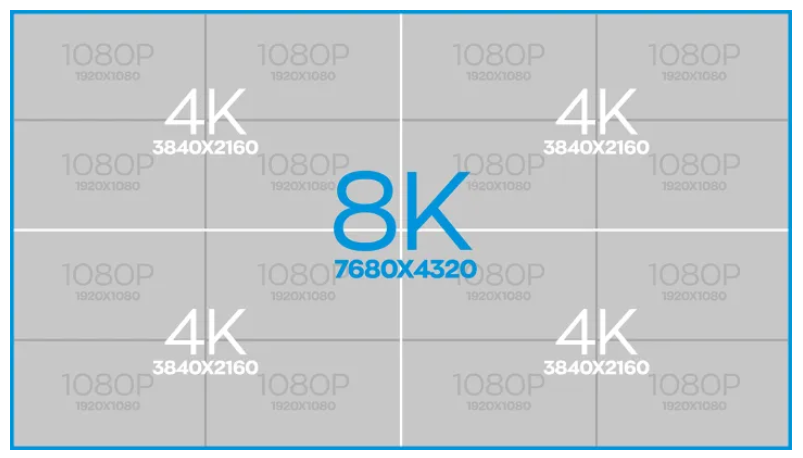
UHD or UltraHD TV arrives on U.S. retail floors in the 4K
resolution format of 3840 x 2160 pixels.Sharp demonstrates first actual UHD 8K TV at CES with a resolution of 7680 x 4320 pixels.
2016 - BluRay UltraHD HDR
The UltraHD BluRay disc adds support for HDR UltraHD video with Dolby Atmos and DTS surround sound formats.2020 - off-air NextGenTV and 5G Cellular
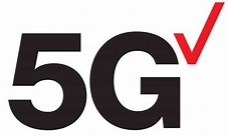

The launch of off-air ATSC 3.0 NextGenTV and 5G cellular
networks are adding new AV streaming distribution options.Select this Ed's AV Blog Link NextWave - Channels of
Distribution 5G networks and NextGenTV for more
information
2020/2021 - Internet Audio & Video Streaming
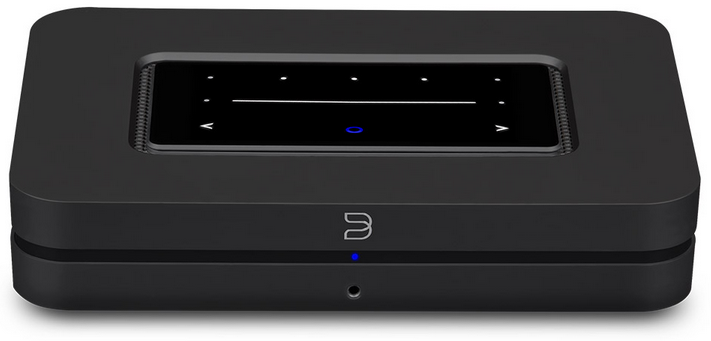
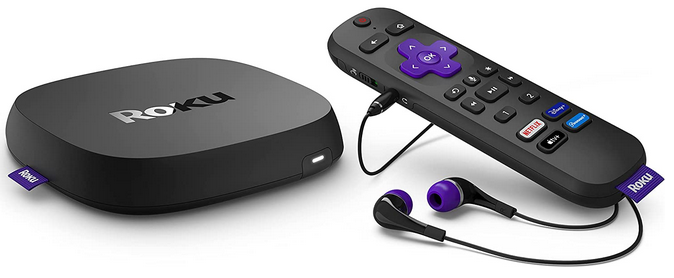
Internet audio & video streaming has existed for almost two
decades.Increased bandwidth, faster download speeds, and lower cost have made it an attractive choice.
Internet streaming is overtaking off-air, cable, satellite, and program distribution.
Copyright 2007 Txu1-598-288 Revised 2024
Sponsored
By

Architectural Speaker Tuning System

Architectural Speaker Tuning System
for
in-wall/ceiling custom installed speakers.
Reclaim the performance you paid for.
Site Menu
Home
Table of
Contents
Handbook Chapters
1 AV
Terms
2 AV Physics
3 Sound Reproduction
4 Video Reproduction
5 The AV System Sequence
6 The Room, Speaker, & TV
7 Acoustical Strategy - Small Room
8 Home Theater by Design
9 AV Sales Training
10 AV Business & Marketing
Contact
About
